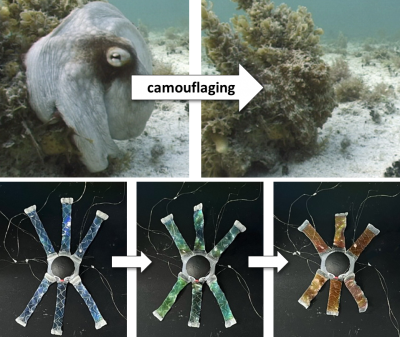The private credit market is experiencing notable growth opportunities, largely attributed to the tariff policies enacted by former President Donald Trump. According to a report by Moody’s Ratings, companies are increasingly expected to relocate operations to the United States, thereby reducing their reliance on global supply chains.
Marc Pinto, the global head of private credit at Moody’s, highlighted that current tariff measures are putting pressure on international governments and revealing their limitations. Pinto asserts that this economic environment creates a favorable scenario for the private credit market, allowing it to play a crucial role in supporting businesses as they transition to domestic operations.
Investment Surge in Infrastructure
Pinto noted a significant uptick in deals within the infrastructure sector, with projections indicating that approximately $2.5 trillion will be invested in data centers over the next five years. The private credit market is expected to be a key player in financing these investments, as indicated by reports from Bloomberg.
Despite the positive outlook, Pinto emphasized that major purchasers of private credit, such as banks and insurance companies, require more comprehensive information regarding these deals. The complexity inherent in direct-lending transactions poses a risk of credit complications that must be addressed to ensure the stability of the market.
Contrary to popular belief, Pinto clarified that the private credit sector does not exclusively cater to high-yield companies. It also serves investment-grade firms. “Insurance companies primarily want investment-grade risk,” he remarked, suggesting a notable shift within the private credit landscape.
The Implications of Tariff Policies
The evolving dynamics of the private credit market, as outlined by Pinto, could lead to substantial changes in the overall investment landscape. The ongoing tariff policies can significantly influence how businesses operate domestically and manage their supply chains. As companies pivot towards local operations, there is potential for a surge in private credit investments, particularly in infrastructure.
However, Pinto’s observations underscore the necessity for increased transparency and detailed information on direct-lending deals. This is essential for mitigating credit risk and fostering confidence among investors.
As the private credit market continues to adapt to these changes, stakeholders will need to remain vigilant to navigate the complexities of the evolving financial environment. The combination of tariff policies and growing investment in infrastructure may present a unique opportunity for the private credit sector to thrive in the coming years.





































































